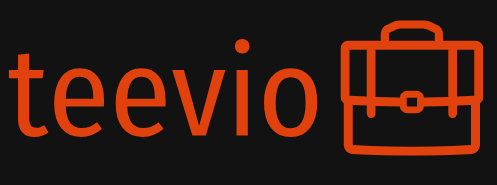The Rise of Online and Hybrid Learning
The pandemic dramatically accelerated a trend already underway: the shift towards online and hybrid learning models. Colleges and universities were forced to adapt quickly, and many discovered the benefits of offering online courses. This isn’t just about convenience; it opens up access to education for students who might not otherwise be able to attend a traditional campus, due to geographical limitations, financial constraints, or family obligations. We’re seeing a rise in competency-based education, where students progress based on demonstrated skills rather than seat time, further blurring the lines between traditional classroom learning and online programs. Expect this trend to continue, with more institutions offering flexible learning options and a greater emphasis on personalized learning pathways.
Micro-credentials and Stackable Certificates
The traditional four-year degree is being challenged by the growing popularity of micro-credentials and stackable certificates. These shorter, more focused programs allow students to gain specific skills and knowledge in a shorter timeframe, making them attractive to employers seeking candidates with targeted expertise. This is especially beneficial for individuals seeking career advancement or a career change, as they can add these credentials to their resume to demonstrate their proficiency in a particular area. This model makes education more agile and responsive to the changing needs of the job market, leading to a more modular and flexible approach to learning.
The Importance of Experiential Learning
Employers are increasingly placing value on practical skills and real-world experience. This is driving a shift towards experiential learning opportunities, such as internships, apprenticeships, and co-ops. Colleges are responding by integrating more practical experiences into their curricula and forging stronger partnerships with industry. This means students graduate not only with theoretical knowledge but also with valuable hands-on experience, making them more competitive in the job market. This emphasis on practical application will likely lead to more industry collaborations and a greater focus on project-based learning within traditional academic programs.
The Growing Demand for Skills-Based Education
The skills gap is a significant concern for many economies, and colleges are responding by focusing more on skills-based education. This means moving beyond simply imparting theoretical knowledge and focusing on developing specific skills that are in high demand in various industries. Curricula are being redesigned to incorporate more practical training, often in collaboration with industry partners. This shift is leading to a greater emphasis on vocational training and technical skills, and a recognition that not all students are best served by a four-year liberal arts degree. Expect to see more emphasis on apprenticeships, bootcamps, and other alternative pathways to employment.
Artificial Intelligence and Personalized Learning
Artificial intelligence is starting to revolutionize the way education is delivered. AI-powered tools can personalize learning experiences, providing tailored feedback and support to individual students. This technology can help identify learning gaps and provide customized resources to address them, leading to more effective learning outcomes. Adaptive learning platforms are becoming more common, allowing students to learn at their own pace and focus on areas where they need the most support. Expect AI to play an increasingly important role in shaping the future of college, potentially impacting everything from course design to student support services.
The Evolving Role of the College Campus
The traditional college campus is evolving. While the physical campus will likely remain important for social interaction and collaborative learning, we can expect to see a greater emphasis on flexible and hybrid learning models. This could lead to a shift in the design and function of campuses, with more shared spaces and collaborative learning environments. Colleges might also explore partnerships with local businesses and organizations to create more integrated learning experiences. The focus will likely shift from simply providing classrooms to creating vibrant learning communities that connect students with resources both on and off campus.
The Focus on Mental Health and Wellbeing
The mental health and wellbeing of students is becoming a major priority for colleges and universities. Recognizing the significant impact stress and anxiety can have on academic success, institutions are investing more resources in mental health services and support programs. This includes providing access to counseling, workshops, and other resources designed to promote student wellbeing. We can anticipate a continued focus on creating a supportive and inclusive campus environment that prioritizes student mental health and emotional wellbeing alongside academic achievement.
Affordability and Accessibility
The rising cost of college is a major barrier for many students. Colleges are facing increasing pressure to address affordability concerns and make higher education more accessible. This is leading to innovations in financial aid, scholarship programs, and alternative funding models. Institutions are also exploring ways to reduce costs, such as increasing online learning options and streamlining administrative processes. Addressing affordability and accessibility will continue to be a central challenge and a key driver of change in higher education. Click here about higher ed trends


